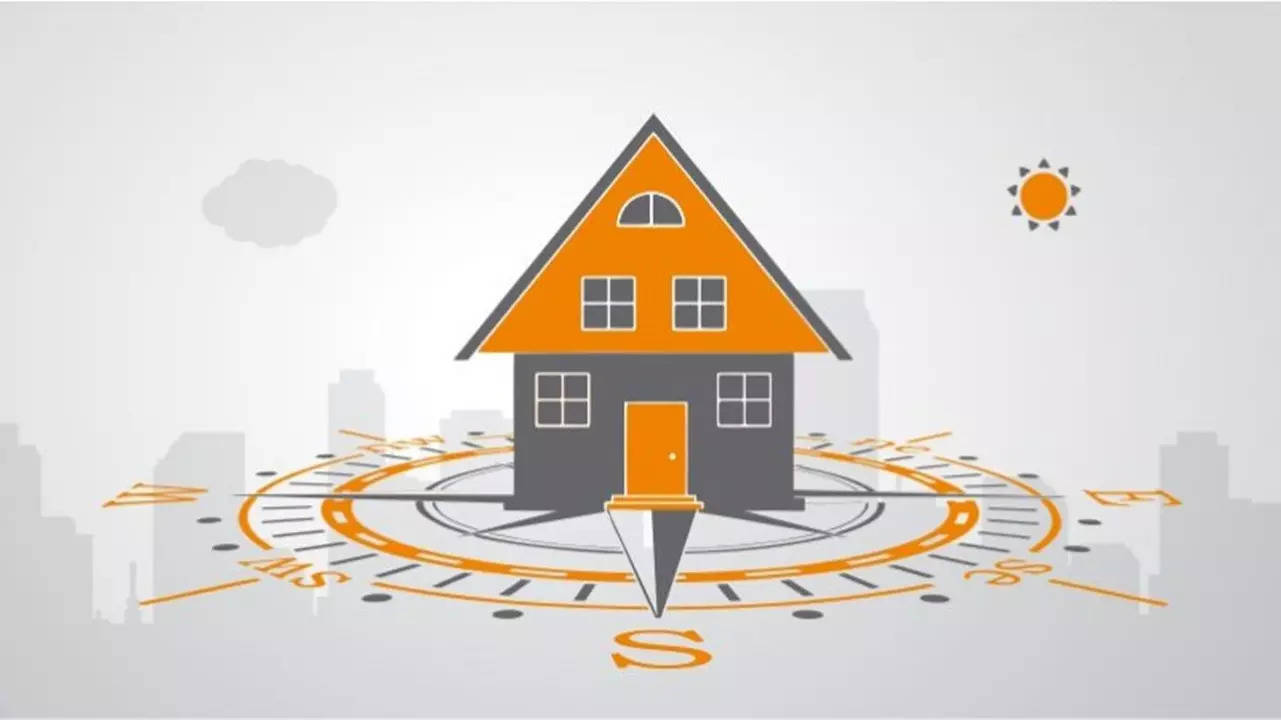
IMPLEMENTING VASTU IN MODERN ARCHITECTURE: BALANCING TRADITION WITH CONTEMPORARY DESIGN
Vastu Shastra continues to influence modern architecture worldwide, offering principles that harmonize living spaces with natural energies. As architects and homeowners seek to create environments that promote well-being and balance, integrating Vastu principles into modern architectural practices has become increasingly relevant. Here’s how Vastu is being implemented in today's architecture:
1. Orientation and Layout: Modern architects often consider the orientation and layout of buildings based on Vastu guidelines. Aligning entrances to face auspicious directions like north, east, or northeast is common practice to invite positive energy (prana) into the space. This approach enhances natural light and ventilation, fostering a sense of openness and connectivity with the surroundings.
2. Room Placement and Functionality: Vastu emphasizes the optimal placement of rooms within a building to enhance energy flow and functionality. For example, placing the master bedroom in the southwest corner is believed to promote stability and restful sleep. The kitchen is typically situated in the southeast corner to harness the element of fire, while living and dining areas benefit from north or east-facing orientations for conducive social interactions.
3. Use of Natural Elements: Integrating natural elements such as water bodies, green spaces, and natural materials aligns with Vastu principles to create a harmonious environment. Water features placed in the northeast corner symbolize prosperity and vitality, while using eco-friendly materials like wood and stone enhances the overall energy balance of the structure.
4. Color and Décor: Color psychology plays a vital role in modern Vastu-compliant architecture. Choosing colors that resonate with Vastu principles—such as soothing earth tones, pastels, and whites—promotes tranquility and positivity within interiors. Balanced use of colors can influence mood and perception, contributing to a harmonious living experience.
5. Structural Adjustments: Architects may incorporate structural adjustments to align with Vastu principles without compromising on modern aesthetics. Simple modifications in building shapes or angles, avoiding sharp corners, and maintaining proportional symmetry contribute to a balanced energy flow throughout the space.
6. Technological Integration: Modern advancements allow for the integration of Vastu principles with smart home technologies. From automated lighting systems aligned with natural circadian rhythms to climate control that supports Vastu-compliant ventilation and temperature regulation, technology enhances the functionality and energy efficiency of Vastu-oriented designs.
7. Sustainable Practices: Embracing sustainability aligns seamlessly with Vastu principles of respect for natural resources and environmental balance. Incorporating energy-efficient systems, rainwater harvesting, and solar energy solutions not only reduces ecological footprint but also enhances the overall Vastu-compliant design ethos.
8. Personalized Consultation: Architects collaborate with Vastu experts to tailor design solutions to individual needs and cultural preferences. This personalized approach ensures that Vastu principles are applied effectively while respecting modern lifestyle choices and architectural innovations.